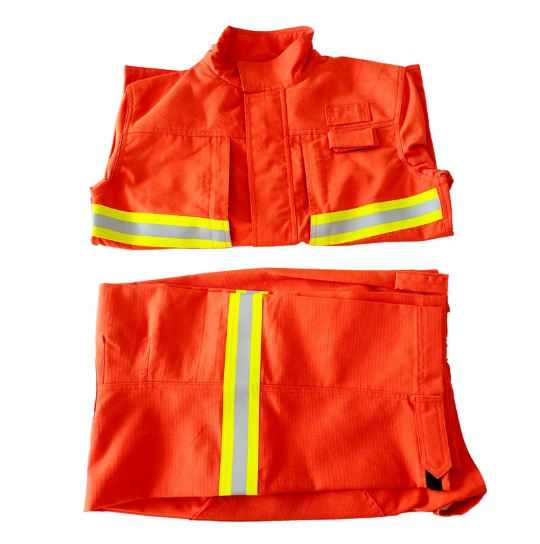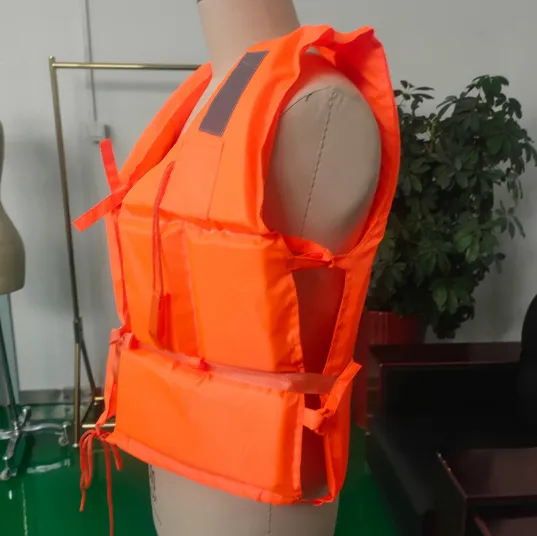

Shovels are yet another essential in every firefighter's arsenal. A good fire shovel should be lightweight yet robust enough to handle tough conditions. Its uses are numerous, from digging fire pits to creating trenches. A well-designed forestry shovel is built with a heat-treated steel blade and a fiberglass handle, optimized for both strength and weight. Shovels with a dorsal fin edge are particularly effective for cutting sod and digging in rocky soil. The drip torch is an advanced tool utilized for controlled burns and backburning techniques. This tool is crucial for creating defensive fire lines by burning away fuel in a controlled manner. It is designed to safely release a precise mixture of fuel and fire, providing firefighters with control over the blaze. Drip torches must meet stringent safety standards and require skilled handling to ensure safety and effectiveness. Having the right set of tools is only part of the battle; it’s equally important that those on the ground are trained in their usage. Institutions and workshops that provide hands-on training and certification ensure that individuals are well-versed in both safety and technique. Expert-led courses emphasize the importance of knowing when and how to deploy each tool, preparing personnel to respond swiftly to the unpredictable nature of wildfires. Finally, staying updated with the latest advances in wildfire tools ensures that professionals always have the best resources at their disposal. Many leading manufacturers continuously improve tool design, integrating lightweight materials and ergonomic features. These advancements, born from real-world firefighting experiences, empower users with tools that enhance performance while reducing physical strain. In conclusion, the selection of high-caliber forestry fire hand tools plays a pivotal role in wildfire management. Tools like the Pulaski and McLeod rake, along with proper protective gear, shovels, and drip torches, form the backbone of effective fire control. Built on expertise, authority, and an unwavering commitment to safety, these tools represent the frontline defense in protecting lives, property, and our natural landscapes from the devastation of wildfires.





























